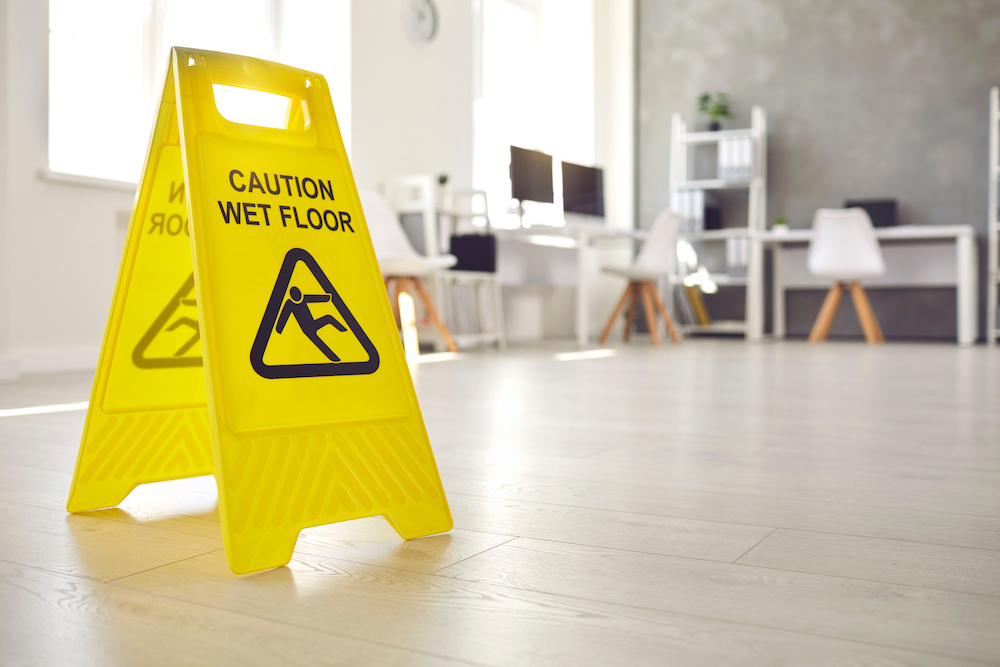What are dynamic risk assessments?
Dynamic risk assessments (DRAs) are the judgements and actions we take on the spot when faced with a dangerous situation.
DRAs require more than just instinct; a dynamic risk assessment is a specialist skill, which can be essential for keeping staff safe whilst at work.
Here we cover what dynamic risk assessments are, why they are important, and share some examples of dynamic risk assessment in action.
What are dynamic risk assessments?
A dynamic risk assessment – meaning a risk assessment that is carried out in real time – can be essential for ensuring a safe outcome when employees are faced with unexpected hazards.
A dynamic risk assessment is the practice of mentally observing, assessing and analysing an environment while we work, to identify and remove risk.
The process allows individuals to identify a hazard on the spot and make quick decisions in regard to their own and others’ safety.
What is the difference between a dynamic risk assessment and a risk assessment?
Dynamic risk assessments are carried out by employees and build upon the work undertaken during formal risk assessments.
Risk assessments are carried out in advance by employers, who use the process to identify and mitigate risks in the workplace, such as implementing health and safety procedures, undertaking appropriate staff training and issuing protective equipment. Risk assessments are a formal, legally required process. (You can learn more about risk assessments, in our risk assessment guide.
On the other hand, dynamic risk assessments are carried out by an employee on the spot, to reduce the risk of harm in real-time. Unlike risk assessments, undertaking dynamic risk assessment training is not a legal requirement – but it does have many benefits.
Why are dynamic risk assessments important?
While steps can be taken to reduce and eliminate workplace hazards (usually via risk assessments – you can check out our guide to them here), there are some risks that are unpredictable and difficult to control.
The purpose of a dynamic risk assessment is to help employees to know what to do if their work environment suddenly changes – for example if a client becomes aggressive or equipment has been damaged.
Employees who understand how to conduct dynamic risk assessments are better equipped to assess the situation in front of them and take appropriate steps to reduce any danger.
Tips for dynamic risk assessments
So, how do you conduct a dynamic risk assessment?
Successfully carrying out dynamic risk assessments requires a level of professional employee training, which can be carried out by specialist risk management training providers.
However, there are some simple tips that can be followed to get your employees started with dynamic risk assessment.
Assessment should begin before entering the work environment. For example:
Scenario 1: Meeting a client
If you are being met by a client at the door, assess their emotional state and look out for signs of distress, aggression or drug or alcohol influence. If any of these signs are observed, make an excuse and leave. If it is not possible to leave, trigger your panic alarm if you have one.
Scenario 2: Entering a construction site
Before entering a site, observe the environment for any hazards such as physical obstructions, slippery surfaces or unstable structures. Report any of these hazards to a site manager and ensure they are contained or removed before working on the site. If working alone, leave the environment and report the hazards to a supervisor or manager.
When entering any new environment, always take note of any exit routes in case you need to leave quickly. Try to create a clear path to the exit and again, if something doesn’t feel right, make an excuse and leave immediately, or trigger your panic alarm.
Dynamic risk assessment is a skill, but that doesn’t mean you should ignore your instinct; it is our best tool for identifying risk. We pick up on cues both consciously and subconsciously which can cause us to feel uneasy, unsure or afraid. Even if the danger is unclear, employees should be encouraged to trust their instincts and leave the environment even if it prevents them from completing their work.
Many individuals who have been attacked or suffered an accident at work, identified warning signs beforehand and ignored them due to pressures to get the work done or a lack of confidence.
Dynamic risk assessment is a skill that is best learnt through training and practice. If your employees work in high risk areas, remotely, alone or in changing environments, you should consider providing training that includes dynamic risk assessment.
For employees who work alone, dynamic risk assessments can help them to handle a variety of unexpected hazards. It is particularly important that lone workers are aware of their surroundings and can make quick decisions, as there is no one else with them to assist in an emergency.
Lone workers in all industries face a range of potential hazards.
Employees who work with the public, or visit private homes, can be at an increased risk of aggression and violence. Staff may also encounter a range of environmental hazards when working in different locations
Those working in utilities may come across many on-site hazards such as poor ground conditions, heavy equipment usage or working at height.
Agents often meet with clients alone at various locations. This can put them at risk of violence or harassment. Entering properties alone can also put staff at risk from environmental hazards.
Download our guide to Lone Working in Property and Estate Agents
Field service employees are likely to be visiting multiple sites or dwellings, where the risks encountered can be varied and unpredictable.
Charity workers can often find themselves vulnerable due to the nature of their work, for example collecting on the street, handling cash, face-to-face contact with the public, working in charity stores or making home visits.
Many healthcare workers can be at higher risk from violence due to the face-to-face contact they have with patients. Others may be working in the community and making home visits, leaving them vulnerable.
What if an employee identifies a risk?
If it is safe and appropriate to do so, some hazards can be handled immediately, such as removing a trip hazard or cleaning up a spillage.
If an employee cannot safely handle a situation by themselves, they should cease work, warn others, and contact a supervisor for further assistance.
However, sometimes employees can encounter a situation that puts them in immediate danger.
If an employee needs immediate help, it is important that you know their exact location and provide them with a way to quickly signal for assistance, such as by using a dedicated lone worker app.
As well as providing a way to signal for help, it is also important to create a positive safety culture in your workplace, to ensure that your employees feel comfortable and supported enough to report any potential hazards or incidents that have occurred without fear of getting into trouble.
How do safety devices protect employees at risk?
If an employee encounters a risk or hazard that they are unable to solve or de-escalate themselves, they will need to signal for help. Specialist safety devices and apps give employees a way to signal for help immediately in an emergency and receive assistance to their exact location.
The devices available on the market today are sophisticated, utilising a range of features that enhance staff safety. For example, the StaySafe app gives employers visibility of their lone workers’ location and allows staff to trigger a range of alerts in the event of an emergency.
Alerts can be monitored in-house or outsourced to a specialist monitoring centre, who will monitor and respond to any alerts on your behalf. Alerts include panic, discreet panic, fall detection and missed check-in. The StaySafe app also has a low signal mode to ensure that employees remain connected, even in remote locations.
Are you protecting your lone workers?
Our comprehensive guide covers everything you need to know about lone working.
From identifying the lone workers in your organization, to the risks they face in different environments, our lone worker guide will ensure you know how to keep your staff protected and meet your legal duty of care.
Yes, review policy
Explore our range of lone worker solutions
See StaySafe in action
- 2 week free trial
- See how employees can use the app to check-in & send alerts
- See realtime updates in the monitoring hub

Helen Down
“Helen has worked within the lone worker industry for nearly a decade. During that time she has written extensively about health and safety, risk, legislation, and lone working – including the Lone Worker Landscape Report.
Helen’s background is in marketing for start-ups and SMEs, where she has enjoyed working as part of the leadership team to grow the business. Outside of work, Helen is a mum of two and loves to drink wine in peace.”
Guide to Lone Working
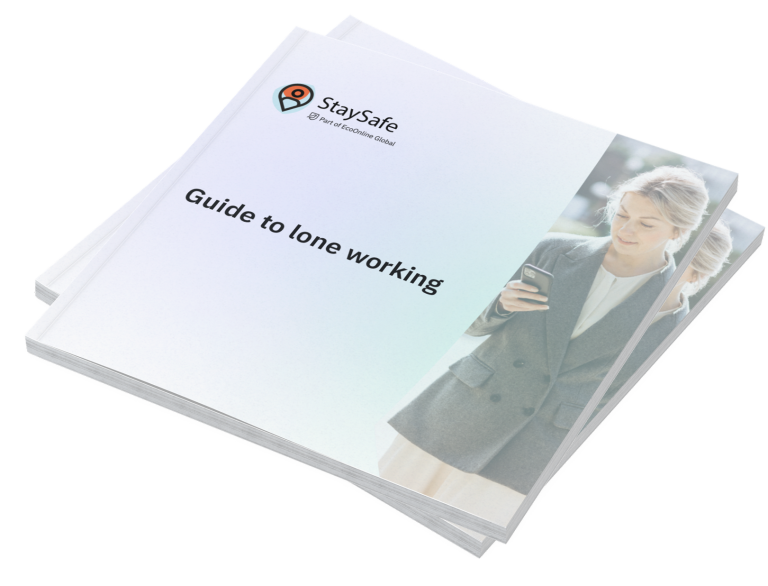
A comprehensive lone worker guide for employers, managers and the self employed.
Lone Worker Risk Assessment
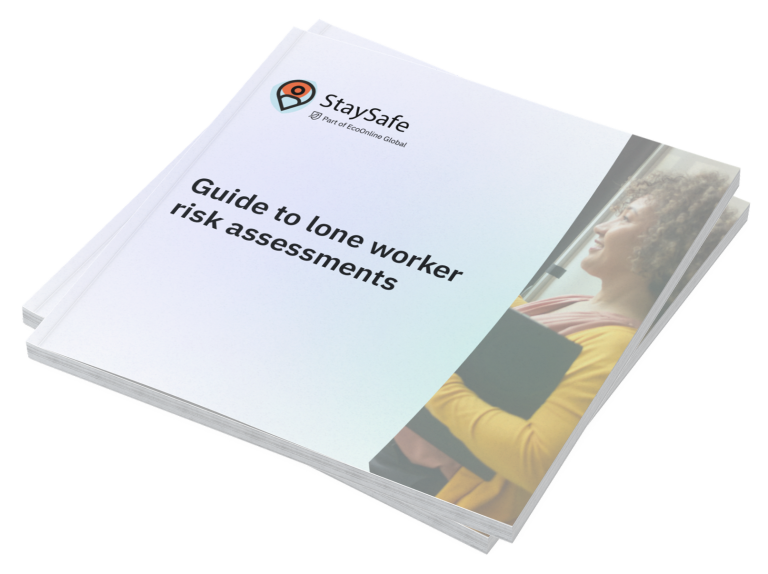
Three Questions to Ask When Purchasing a Lone Working Solution
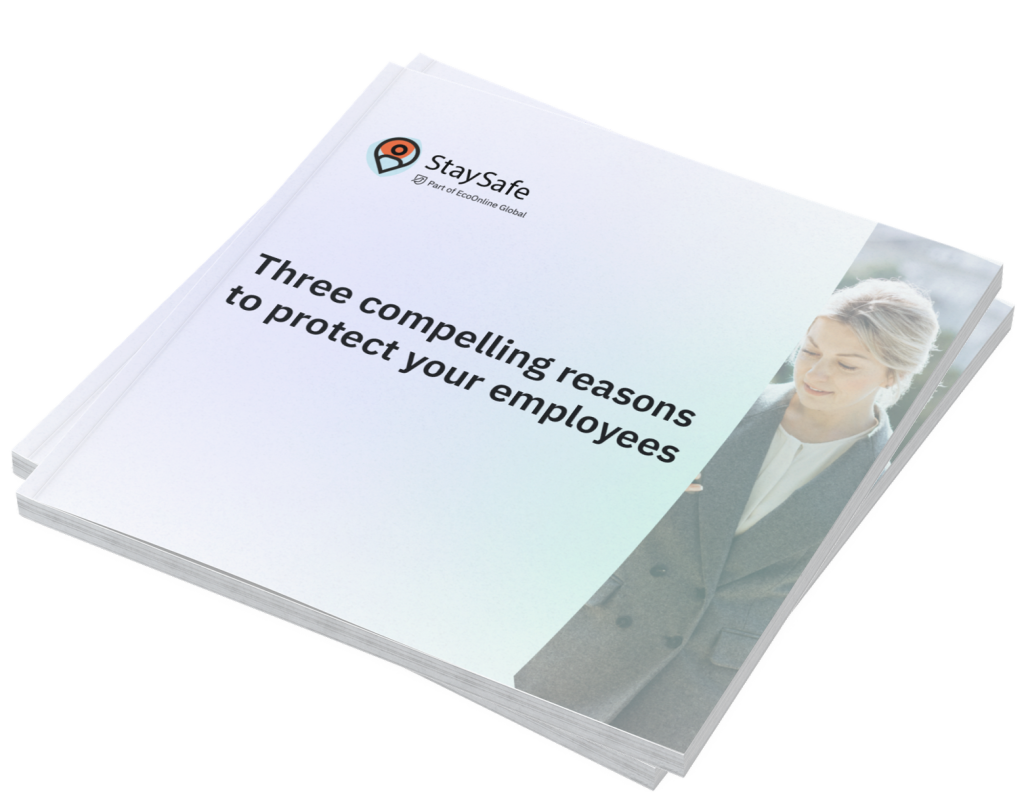
Find out more about StaySafe solutions
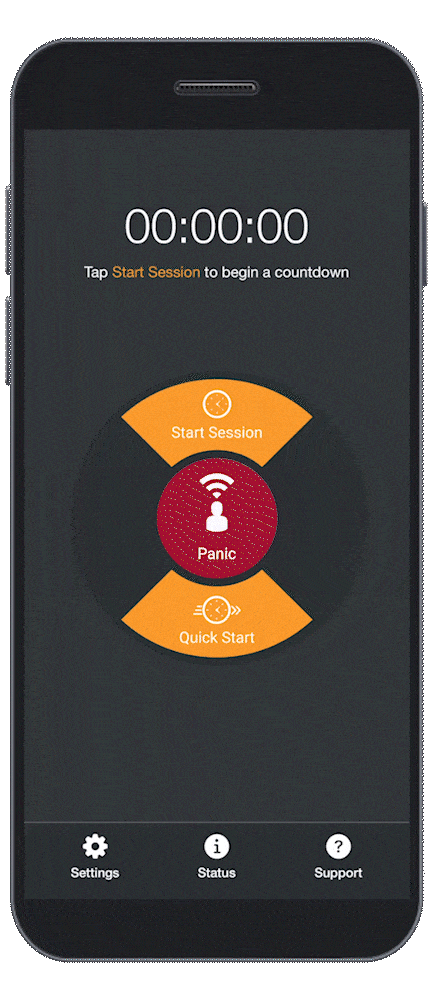
Lone Worker App
Our intuitive app allows employees to check in safely following a lone working session and raise an alert in an emergency.

Cloud Based Monitoring Hub

Wearable Technology


